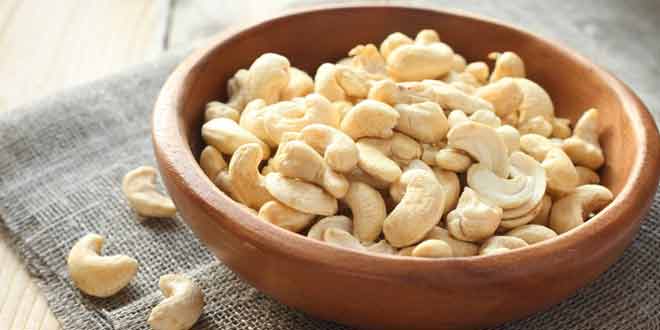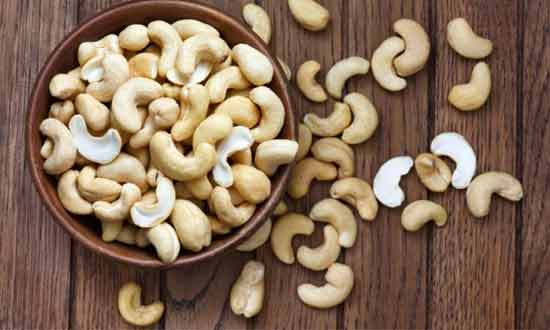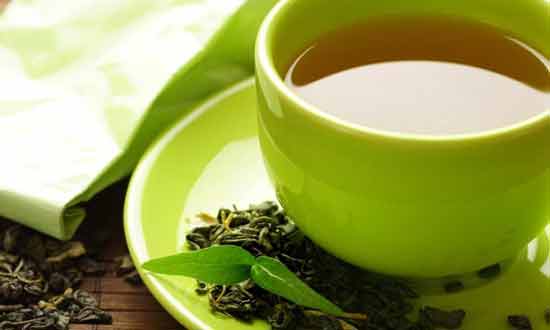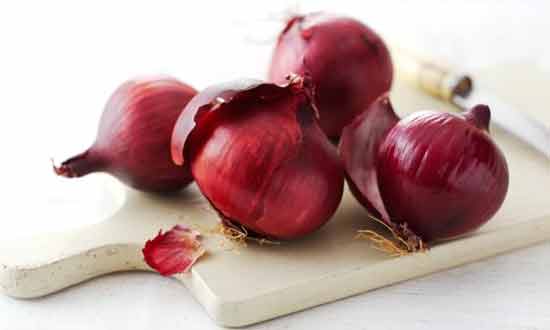
Tips to Reduce Cholesterol
Let’s start off by talking about why we DO need cholesterol in our systems—bet you didn’t see that coming. We need this fatty substance in our blood to help sustain our precious cell membranes, in addition to a plethora of other benefits like conversion of Vitamin D to its active form. But too much cholesterol gives rise to cholesterol and this clogs your blood vessel walls and contributes to heart and vascular diseases. For the sake of orientation, we should understand that our blood cholesterol levels ought to be below 200mg/dL and anything above that could be dangerous. To be exact, 240mg/dL and above is clinically referred to as cholesterol or ‘high cholesterol’.
Now let’s get started on how we can naturally knock down our cholesterol levels. The common prescription drug is a ‘statin drug’, but these come with several unpleasant side effects that nobody wants. There are so many easier ways to achieve the same goal.

For starters, Magnesium serves as a natural statin by lowering cholesterol production, but only to a level that is safe. We don’t want to cut out our cholesterol levels completely, and we’ve discussed why. Magnesium can be found in several sources, but focus your energies on cashews, English walnuts, rye, tofu, kelp, peanuts, pecans and –you’re gonna love this—dark chocolate! (it’s worth mentioning that when one experiences a chocolate craving, that’s your body’s physiological way of telling you to ramp up your magnesium input.

You’ll be surprised to learn that even Vitamin C can decrease your cholesterol levels. In fact, studies in 2008 concluded that there was a majour decrease in serum LDL and triglycerides with a simple intake of 500mg/day. This can easily be obtained from some of your favorite fruits, and we’re talking about ‘kinoos’, oranges, strawberries, kiwi, pomegranate, pineapple, and most fruit juices.

Oatmeal and green tea (containing the chemical catechin) are two more common household items and dramatically decrease your serum LDL concentrations. One can easily down a couple cups of green tea, it’s an antioxidant, so great keeping you looking young and healthy, in addition to speeding up weight loss. Oatmeal, rich in fiber should be a staple breakfast item.

Studies conducted in Hong Kong reached the conclusion that onions, particularly red onions were a instrumental in bringing down LDL levels. It would be worth increasing onion use in your salads and ‘saalans’.
Let’s talk about Vitamin K2. This should not be confused with Vitamin K1, found in green leafy vegetables. Vitamin K2 hits a double-whammy to heart disease, and that’s because, in addition to reducing cholesterol levels, it also helps with calcium regulation, working in sync with Vitamin D and Calcium. The result is that you avoid crippling conditions like atherosclerosis which contributes to heart diseases. You also keep cholesterol and calcium out of the blood vessels. We want this because high cholesterol levels predispose to atherosclerotic plaques, and these could have a plethora of negative consequences. Vitamin K2 is found in gourmet cheeses, we’re talking about gouda and brie, here.
A golden rule would be to dump trans-fats and go for more natural products. Trans-fats, found in many processed foods go a long way in exacerbating cholesterol problems. Passing over the carcinogenics you’re likely to find as well, processed foods make you look older, and definitely contributes to excess body fat. For a host of reasons, they’re the last thing you want to be filling your body with. As the saying goes “I trust cows more than I trust chemists, which is why I have butter and not margarine”.

